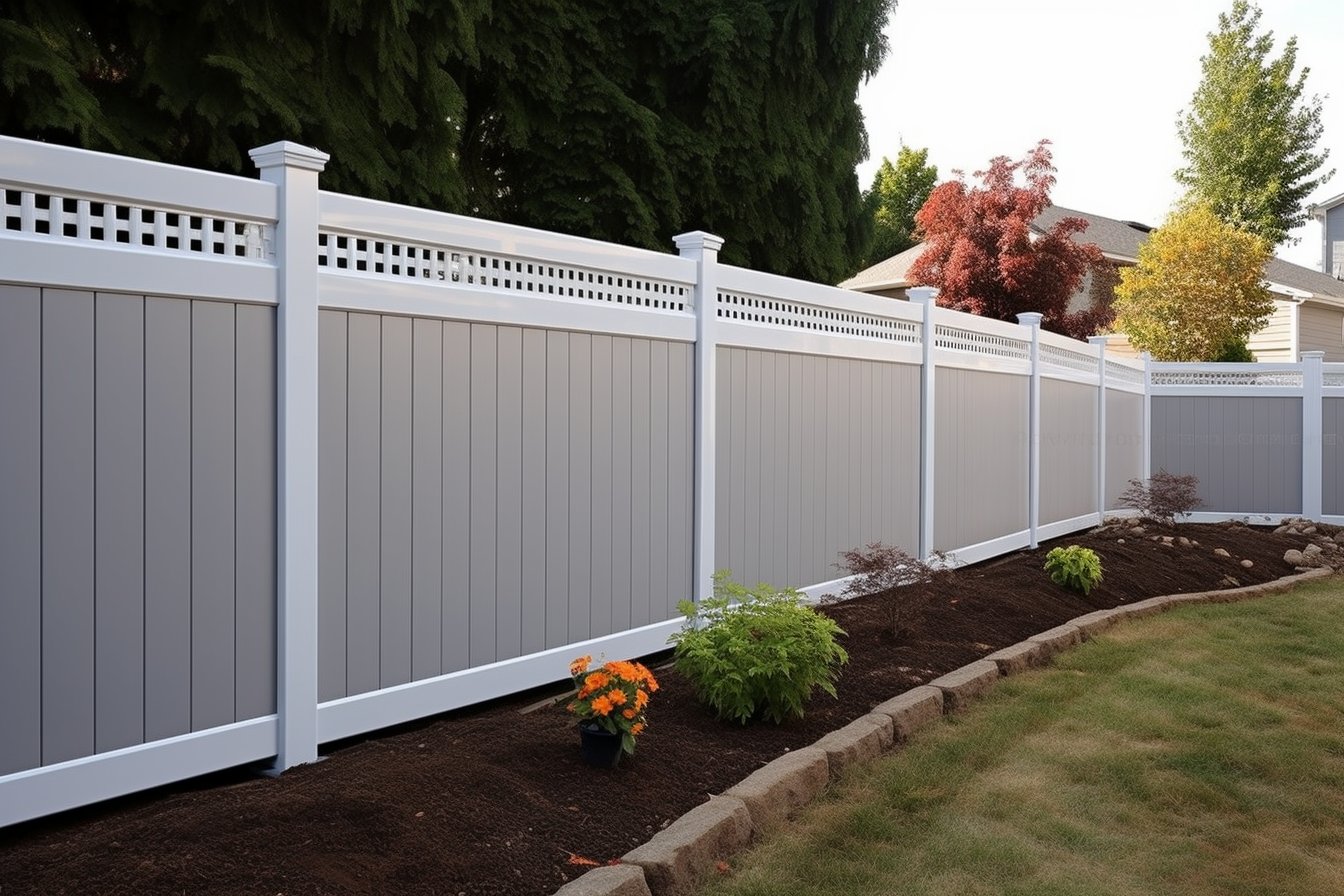Evaluating soil and drainage before planting or paving
Good soil and reliable drainage are the foundations of successful planting and durable paving. Assessing subsurface conditions early reduces rework, prevents water damage, and guides choices for mulch, compost, pavers, irrigation, and plant selection. This article outlines practical tests and preparation steps for typical yard projects.

Healthy planting beds and stable paved surfaces begin below the surface. Before you install a patio, lay pavers, build decking, or plant perennials and sod, take time to assess soil texture, compaction, and how water moves across and through the site. Early evaluation helps determine whether you need to add compost or adjust grade, install a drainage layer, or choose hardscape materials and irrigation strategies that suit existing conditions. A clear appraisal reduces future problems like ponding, heaving, root decay, or premature settling under pathways.
What does soil texture and structure reveal about planting?
Soil texture—proportions of sand, silt, and clay—affects drainage, nutrient retention, and how easily roots can grow. A simple hand test gives quick clues: sandy soil feels gritty and drains fast; clay feels sticky and holds water; loamy soil crumbles and retains moisture without staying soggy. Structure refers to aggregation: well-structured soil has visible crumbs and pores. If soil is compacted or lacks organic matter, incorporate compost and avoid heavy machinery where possible. Adding mulch helps conserve moisture and protect soil life, while targeted compost applications improve fertility for perennials, sod, and other plantings.
How can you test drainage on-site before paving or planting?
A basic percolation test identifies how quickly water moves through your soil. Dig a 30 cm (12 in) hole, soak it, then measure how long the water level drops over several hours. Fast percolation suggests sandy conditions; slow percolation signals potential drainage problems and may require French drains, sand layers under pavers, or raised planting beds. Observe surface runoff during a rain: does water collect in depressions or flow freely to a storm drain? Note seasonal variations and check low spots where pooled water could undermine a patio or cause root rot in planting areas.
What preparation do soil, compost, and mulch need for planting?
Preparation starts with removing construction debris and weeds, then loosening compacted layers. Incorporate compost at appropriate rates—typically 5–10% by volume for beds—to improve structure and nutrient content without creating a perched water table. Mulch applied at 5–8 cm (2–3 in) helps regulate temperature and moisture, reduces erosion, and cuts weed pressure. For new perennial or sod installations, ensure a uniform planting medium and consider a final grading that slopes away from structures. Tailor amendments to the plants’ needs; perennials often prefer well-drained, moderate fertility soils while newly laid sod benefits from a level, firm but not compacted base.
What drainage and base considerations apply to pavers, patio, and decking?
Hardscape longevity depends on subgrade stability and water control. For pavers and patio slabs, remove organic topsoil where necessary and install a graded aggregate base with proper compaction to reduce settling. Edge restraints and a slight slope—generally 1–2% away from buildings—help channel runoff. Decking over soil requires posts set below frost depth and attention to ventilation and water diversion to limit rot. Where groundwater or poor percolation exists, include geotextile membranes, permeable pavers, or subdrains to prevent standing water under surfaces and to protect adjacent plantings from chronic saturation.
How should irrigation and lighting integrate with drainage planning?
Irrigation layout should complement natural drainage patterns, avoiding oversaturation of low-lying areas. Position drip irrigation and soaker hoses to deliver water to root zones rather than creating surface pooling. If an irrigation controller is used, program cycles to allow infiltration and reduce runoff. Lighting installations require conduit routing and well-compacted trenches; ensure that electrical trenches do not become channels for water to undermine soils. Plan landscape lighting placement so fixtures and wiring sit on stable, well-drained ground, and avoid installing lights in areas prone to chronic flooding.
What maintenance steps—pruning, sod care, and seasonal checks—help long-term performance?
Regular maintenance preserves both planting health and paved surface integrity. Pruning improves air circulation for perennials and shrubs, reducing disease in poorly drained spots; avoid pruning as a substitute for correcting drainage. Sod requires attention to grading and irrigation frequency—too much water encourages shallow roots and puddling. Inspect patios and paver joints annually for settlement and refill with jointing sand or polymeric material as needed. Seasonal checks after heavy rain or freeze–thaw cycles reveal changes in drainage patterns that may call for regrading, added drainage features, or soil amendment.
Conclusion
Taking a methodical approach to soil and drainage before planting or paving reduces long-term maintenance and preserves both landscape function and hardscape stability. Simple tests, appropriate amendments like compost and mulch, correct base construction for pavers and patios, and well-planned irrigation and lighting integration create resilient outdoor spaces. Regular maintenance and seasonal inspections complete the cycle, allowing adjustments to keep soil and drainage conditions aligned with the design and plant requirements.





